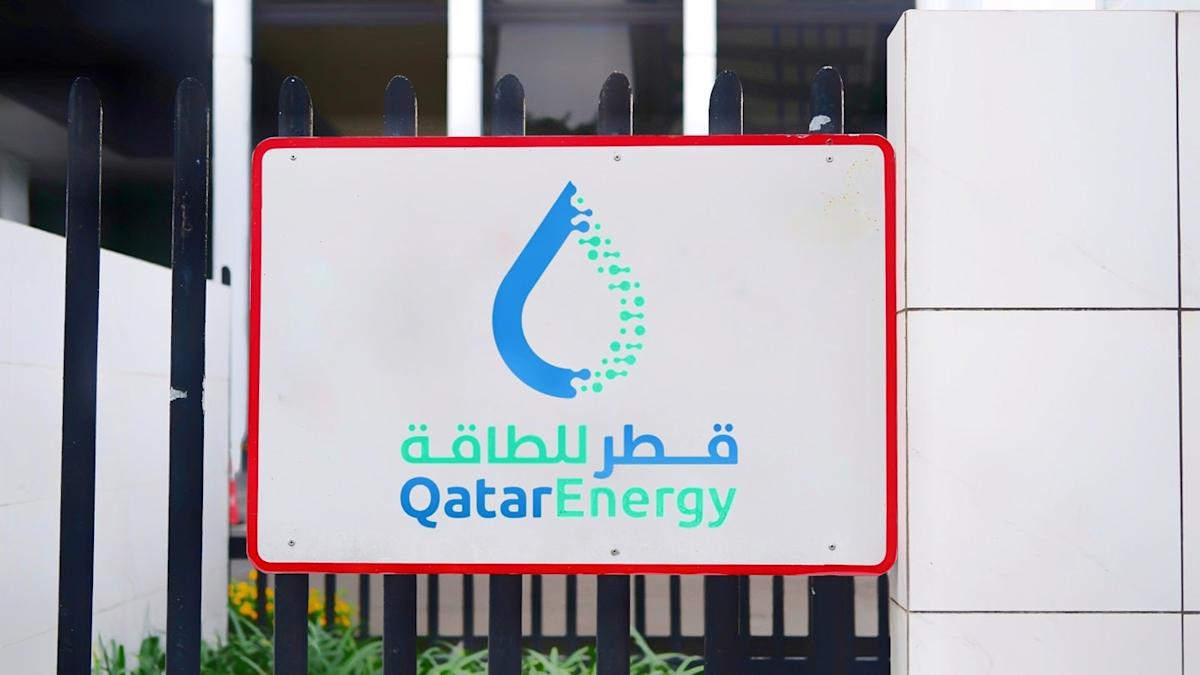Color Crisis: RFK Jr. and FDA Demand Food Industry Ditch Synthetic Dyes
Companies
2025-04-22 22:19:52Content

In a groundbreaking move towards healthier food options, major food manufacturers are facing a critical deadline to revolutionize their product coloration. By the end of 2026, companies will be required to bid farewell to artificial dyes and embrace natural, vibrant alternatives that promise both visual appeal and improved nutritional profiles.
This transformative mandate is set to reshape the food industry's approach to color additives. Manufacturers will need to get creative, exploring innovative natural sources like beetroot, turmeric, spirulina, and other plant-based ingredients to achieve the eye-catching hues consumers have come to expect.
The shift isn't just about compliance—it's about responding to growing consumer demand for cleaner, more transparent food products. Health-conscious shoppers have long expressed concerns about synthetic food dyes, linking them to potential health risks and seeking more natural options.
Food giants will need to invest significant resources in research and development, testing new coloration methods that maintain the visual appeal of their products while meeting strict safety and quality standards. This challenge presents an exciting opportunity for culinary innovation and a healthier future for food production.
As the countdown to 2026 begins, consumers can look forward to a more natural, vibrant food landscape where color comes from nature's own palette.
The Colorful Revolution: Food Industry's Natural Dye Transformation by 2026
In an era of heightened consumer awareness and health consciousness, the food industry stands on the brink of a remarkable transformation. The impending mandate for food manufacturers to replace artificial dyes with natural alternatives represents more than just a regulatory requirement—it's a profound shift in how we perceive and consume food products.Revolutionizing Food Coloration: A Healthier, More Transparent Future
The Artificial Dye Dilemma: Understanding the Regulatory Landscape
The food industry is navigating a complex regulatory environment that demands a complete overhaul of traditional coloration methods. Regulatory bodies have set a clear deadline of 2026, compelling food manufacturers to reimagine their approach to product aesthetics. This mandate isn't merely a bureaucratic exercise but a response to growing concerns about the potential health risks associated with synthetic food dyes. Extensive research has highlighted potential links between artificial colorants and various health issues, including hyperactivity in children, allergic reactions, and long-term health concerns. The push towards natural alternatives represents a significant milestone in food safety and consumer protection, reflecting a broader trend of transparency and health-conscious manufacturing.Natural Alternatives: The Scientific and Culinary Challenge
Replacing artificial dyes is far more complex than simply swapping one ingredient for another. Food scientists are engaged in a intricate process of developing natural colorants that maintain the vibrant hues consumers expect while ensuring stability, taste neutrality, and cost-effectiveness. Innovative sources like beetroot, spirulina, turmeric, and anthocyanin-rich fruits are emerging as promising alternatives. The technical challenges are substantial. Natural pigments often behave differently from synthetic dyes, presenting issues with color stability, intensity, and interaction with other food components. Manufacturers must invest significant resources in research and development to create solutions that meet both regulatory requirements and consumer expectations.Consumer Expectations and Market Dynamics
Modern consumers are increasingly sophisticated, demanding products that are not only visually appealing but also aligned with health and environmental values. The shift to natural dyes represents a critical opportunity for brands to demonstrate their commitment to transparency and consumer well-being. Market research indicates a growing willingness among consumers to pay premium prices for products with clean, natural ingredients. This consumer-driven momentum is accelerating the industry's transition, creating a positive feedback loop that encourages innovation and responsible manufacturing practices.Economic and Technological Implications
The 2026 deadline will require substantial investments in research, development, and manufacturing processes. Smaller food manufacturers may face significant challenges in meeting these requirements, potentially leading to industry consolidation or strategic partnerships. Technological advancements in food science are crucial to this transformation. Emerging techniques in extraction, stabilization, and application of natural pigments are opening new possibilities for creating visually stunning and health-conscious food products.Global Perspectives and Sustainability
This regulatory shift extends beyond national boundaries, reflecting a global movement towards more sustainable and health-conscious food production. Different regions are approaching the challenge with unique perspectives, driving innovation and creating opportunities for cross-border collaboration and knowledge exchange. The transition to natural dyes also intersects with broader sustainability goals, potentially reducing the environmental impact of food production and supporting more holistic approaches to agricultural and manufacturing practices.RELATED NEWS
Companies

Tech's Tax Tug-of-War: San Francisco Unions Demand Corporate Accountability
2025-04-01 00:56:31
Companies

Qatar's Energy Giant Plots Major LNG Breakthrough with Japanese Partners
2025-05-02 15:04:23






